“A landscape is nothing more than an impression of a moment.”
These words were spoken by Claude Monet (1840-1926) and were the foundation of one of the most influential art movements of the 19th century.
Let’s take a closer look at some of the most interesting facts about Impression, Sunrise, the most important work of the founding father of the Impressionists.
1. It was painted in the early 1870s
Claude Monet painted one of his most important works over 2 decades after he entered the Le Havre secondary school of the arts. He met several of his future colleagues while studying in Paris in the late 1850s and his career started to take off in the 1860s.
The Franco-Prussian War broke out in 1870 and the French artist exiled himself and his family to London where he met some more influential artists, including the famous American artist James Abbott McNeill Whistler.
He moved to Argenteuil in 1871 where he produced a series of poppy fields and Impressionist paintings of his wife and son during their walks in the area around their house.
He painted Impression, Sunrise shortly after in the year 1872.
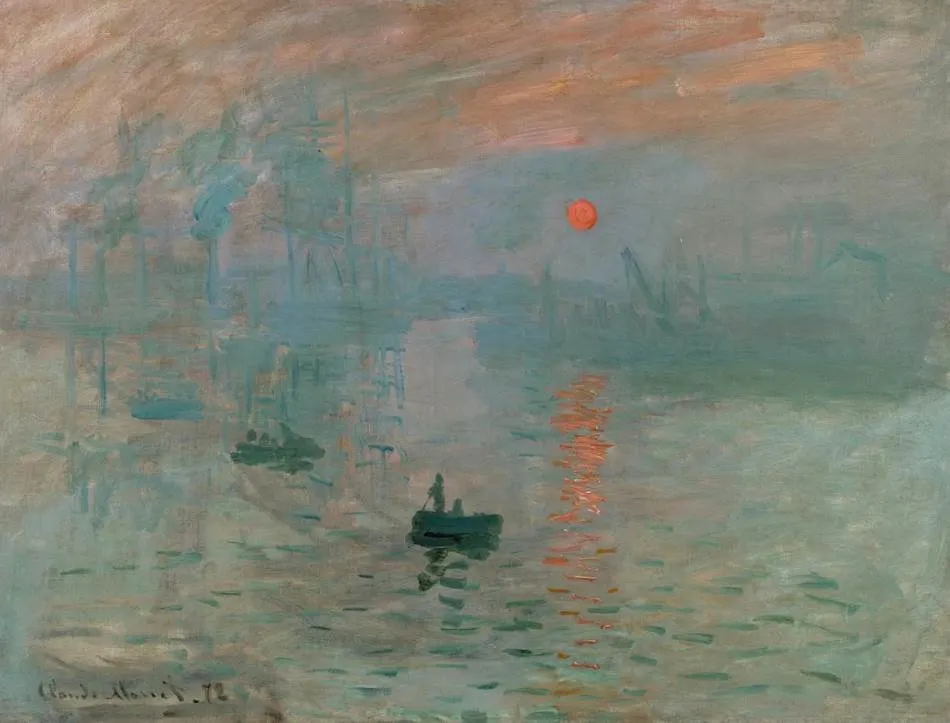
2. The painting depicts a hazy view of the port of Monet’s hometown
Claude Monet was born in Paris but his family moved to the French port city of Le Havre. The name of this city translates to “The Harbour” or “The Port” and it’s located on the right bank of the Seine River.
With a population of approximately 170,000 inhabitants today, it’s the largest city in the Upper Normandy region in the northwest of France.

The Seine River and its location on the English Channel turned the port of Le Havre into a thriving commercial center following the Franco-Prussian War, and Monet captured the activity of the city’s port in the early morning.
You can see two small rowboats in the foreground, some larger fishing boats in the middle of the painting, and large clipper ships with tall masts in the background.
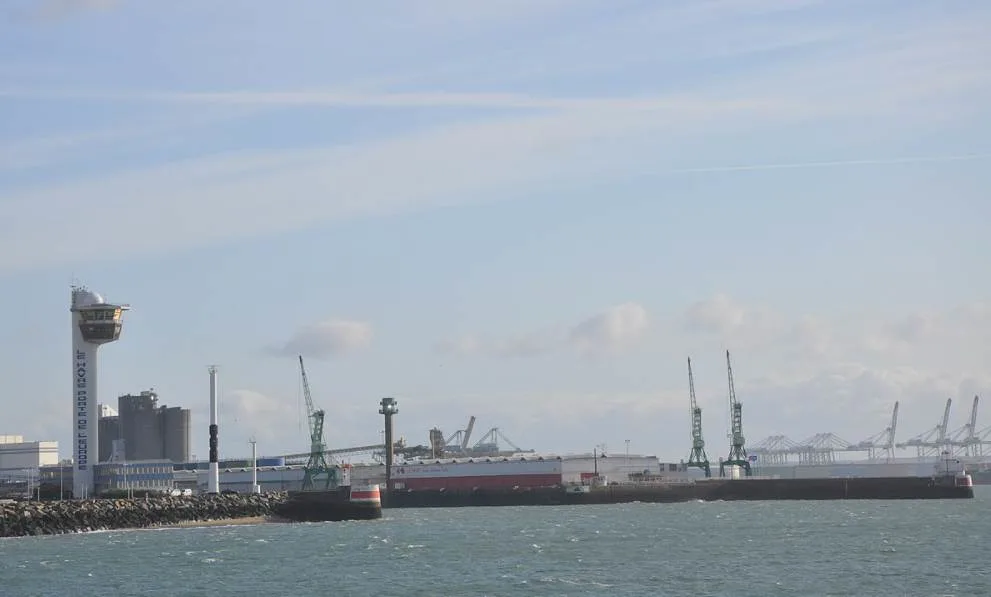
3. The sun in the painting isn’t the brightest element
The sun is rising as the viewer gazes upon a hazy view of the port of Le Havre. Your attention is instantly drawn toward the sun, an element that appears to be the brightest feature in the entire composition.
Despite being such a bright source of light, it’s hard to differentiate the sky from the sea and the details are barely visible as well. The loose brushstrokes that defined the style of the Impressionists diminish the boundaries between objects.
One of the most remarkable facts about Impression, Sunrise by Claude Monet is that the brightness of the sun is equal to that of the sky. If you strip away the colors and make a black and white copy of the painting, the sun almost completely disappears.
This is caused by the visual cortex of the brain which perceives color rather than luminance.
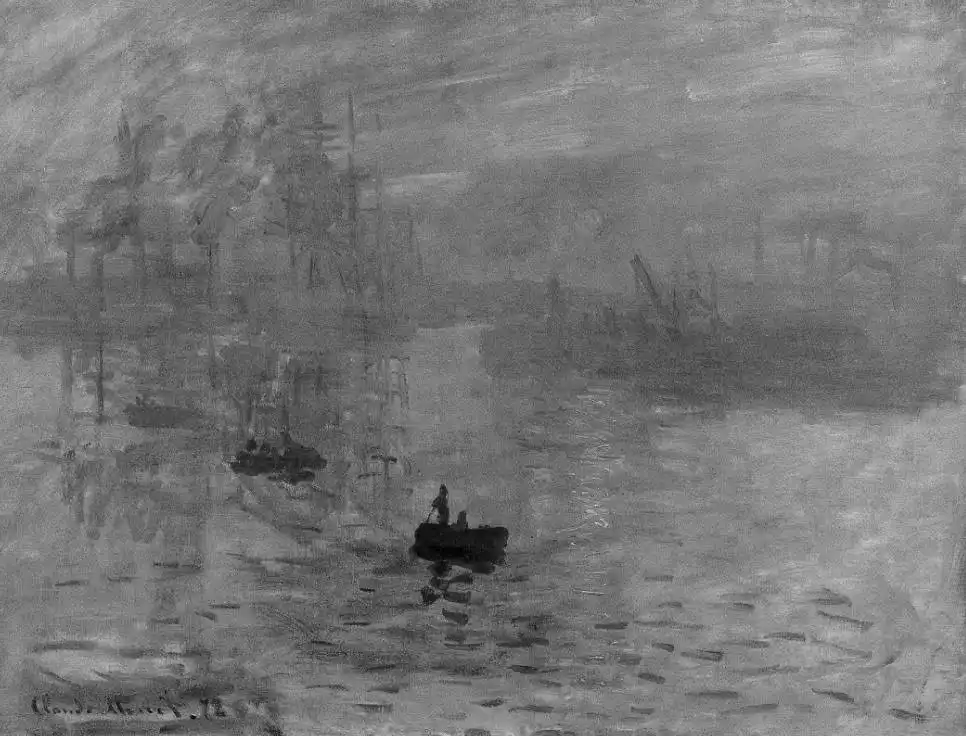
4. It defined the art movement but the term Impressionism wasn’t new
The reason why the group of artists who emerged during the 1870s was referred to as the Impressionists has a rather remarkable backstory.
When Monet had to come up with a title for this painting he was aware of the fact that he couldn’t name it “View of Le Havre,” although he had painted it out of his Le Havre window.
He quickly wrote “Impression” because he was unable to come up with a fitting title for the work. From this title, critics started referring to this group of artists the Impressionists.
The name Impressionism wasn’t new at all as it had been used to describe the effects of the Barbizon School, an art movement of Realism artists. They mostly painted landscapes and farmers at work as a reaction to the drama of the Romantic artists who were dominant in this period in the 19th century.
They used a similar type of loose brushstrokes as Impressionists and one of its most famous members was Jean-François Millet (1814-1875), the man who painted the iconic work “The Gleaners” in 1857.
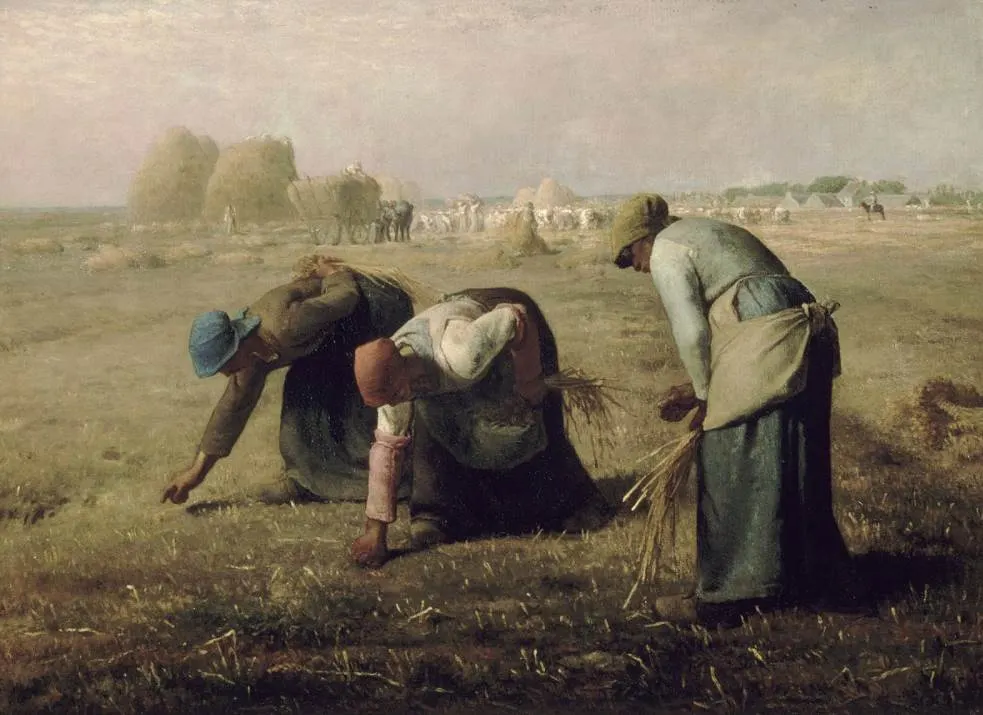
5. It was displayed at the first Impressionist exhibition
The term of the group of artists was coined Impressionists by art critic Louis Leroy (1812-1885) after he visited an exhibition they held in April 1874. It is now called “The Exhibition of the Impressionists” and was a minor success with approximately 4,000 visitors.
his exhibition was held at the photo studio of Gaspard-Félix Tournachon (1820-1910), a photographer and cartoonist better known as “Nadar.”
There were over 200 paintings on display by artists now considered to be some of the most influential artists in history. Apart from Monet, these included Edgar Degas, Camille Pissarro, Pierre-Auguste Renoir, and Alfred Sisley.
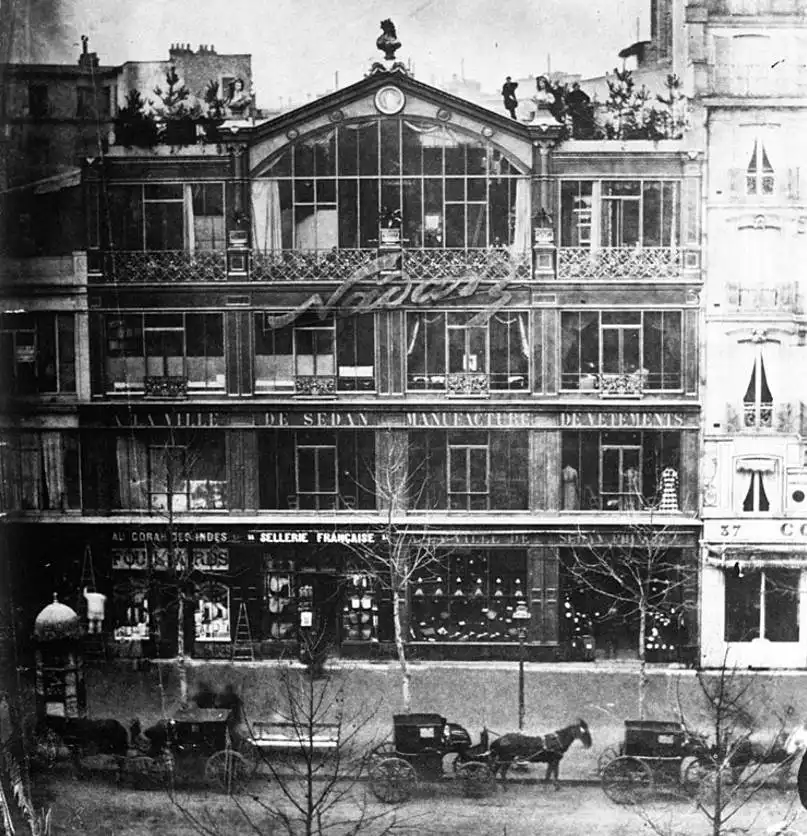
6. The painting was heavily criticized during the exhibition
Not everybody appreciated this new emerging art movement, especially not the conventional art critics who visited the exhibition in 1874. This includes Louis Leroy, the man who coined the term as a form of satire.
He wrote about Impression, Sunrise:
Impression I was certain of it. I was just telling myself that, since I was impressed, there had to be some impression in it. And what freedom, what ease of workmanship! A preliminary drawing for a wallpaper pattern is more finished than this seascape.
The only somewhat positive review about the exhibition didn’t focus on the paintings on display but rather the setting in which the event took place. Philippe Burty of La République Française wrote:
The walls of the rooms, covered in brownish-red woolen fabric, are extremely well suited to paintings. The daylight enters the rooms from the sides, as it does in apartments.
Despite these initial critical reviews, the Impressionists laid the foundation for new forms of art to emerge and inspired some of the greatest minds in art history.
Claude Monet continued to paint similar works of art for the duration of his life, including some of the most famous artworks in history. He also produced many other works depicting the port of Le Havre, which could be considered as a series of paintings.
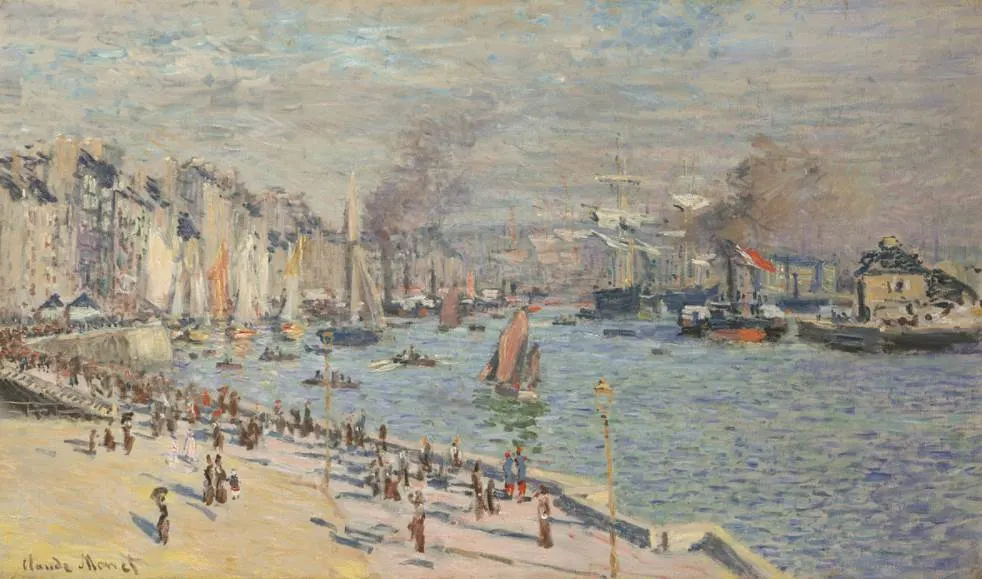
7. How big is Impression, Sunrise by Claude Monet?
Although it can be considered one of the most influential paintings in the history of art, it’s not world-famous because of its monumental size.
This oil on canvas painting is relatively small as it only has dimensions of 48 × 63 centimeters (18.9 × 24.8 inches).
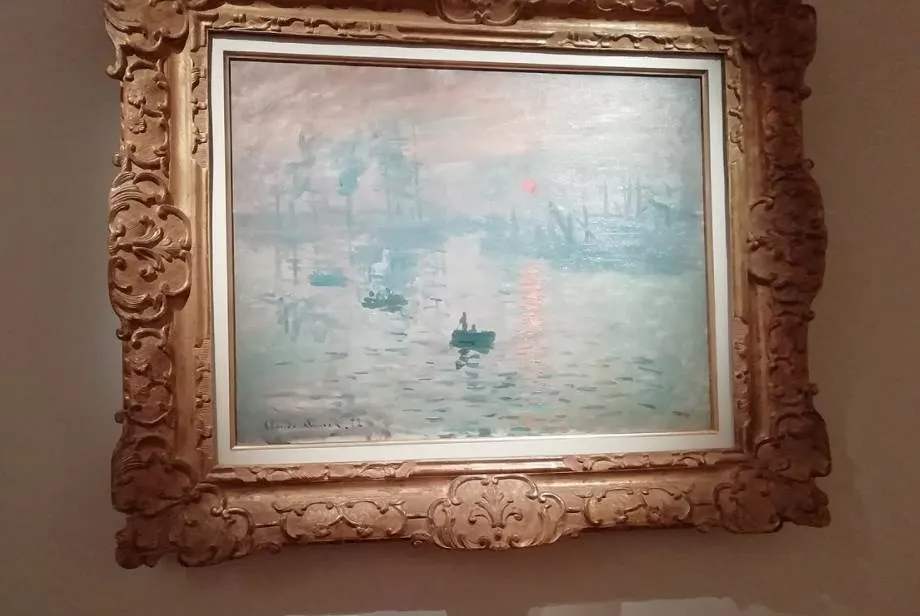
8. Where is the painting located today?
The painting never left the artist’s collection and was held by his heirs in the 1960s. It was bequeathed to a museum in Paris by Michel Monet (1878-1966), the artist’s second son, along with all other paintings in his collection.
This was the largest collection of Monet paintings in the world and resulted in the “Musée Marmottan Monet” becoming world-famous. It has over 300 of the artist’s works on display, including Impression, Sunrise.
The painting was stolen from this museum in 1985 but luckily recovered and put back in place in 1990. This means it can still be admired in this museum Today.
The Musée Marmottan Monet is located in the 16th arrondissement of Paris on the edge of the Bois de Boulogne in the western part of the city.

